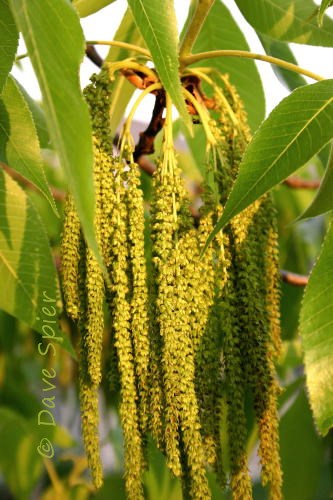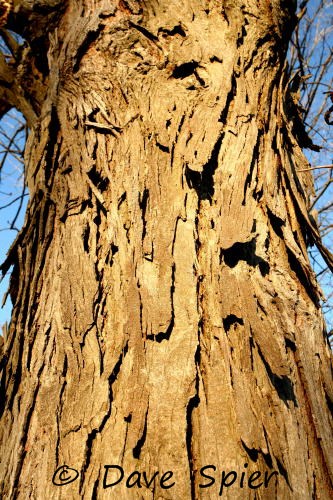© Dave Spier
Celandine, Chelidonium majus, is a somewhat invasive alien with attractive yellow flowers arranged in an umbel (think inside-out umbrella), although the blossoms tend to open one at a time. Each showy flower has four petals. Black seeds growing in long capsules continue the superficial resemblance to mustards, but Celandine is actually in the Poppy family, although it's different than Celandine Poppy, a more Western native species. Celandine's somewhat grayish-green, compound leaves are irregularly lobed and scallop-edged.
This species is often called Greater Celandine to distinguish it from Lesser Celandine, Ranunculus ficaria, a quite different plant in the Buttercup family.
You can find a range map on the USDA plants database website. Celandine is widespread in the Midwest, Northeast, Eastern Canada plus outlier states like GA, NE, UT, MT, WA and adjacent BC. Clicking on some of the states will give you more refined maps down to the county level. For example, clicking NY will show Celandine's distribution across the Finger Lakes. It appears to be missing from Schuyler County, but I have photographed it in Wayne County, so that omission is an error.
When broken, Celandine's stems exude a somewhat-poisonous yellow latex that can cause dermatitis or eye irritation in sensitive individuals. A final note of warning -- Celandine is toxic due to a range of isoquinoline alkaloids so avoid ingesting the plant, and wear protection if you're pulling the plant to remove it.
Corrections, comments and questions are always welcome at northeastnaturalist@yahoo.com or connect through my Facebook page and photo page. There's also a community-type page for The Northeast Naturalist.














_%C2%A9DaveSpier_0393-25Fb.jpg)